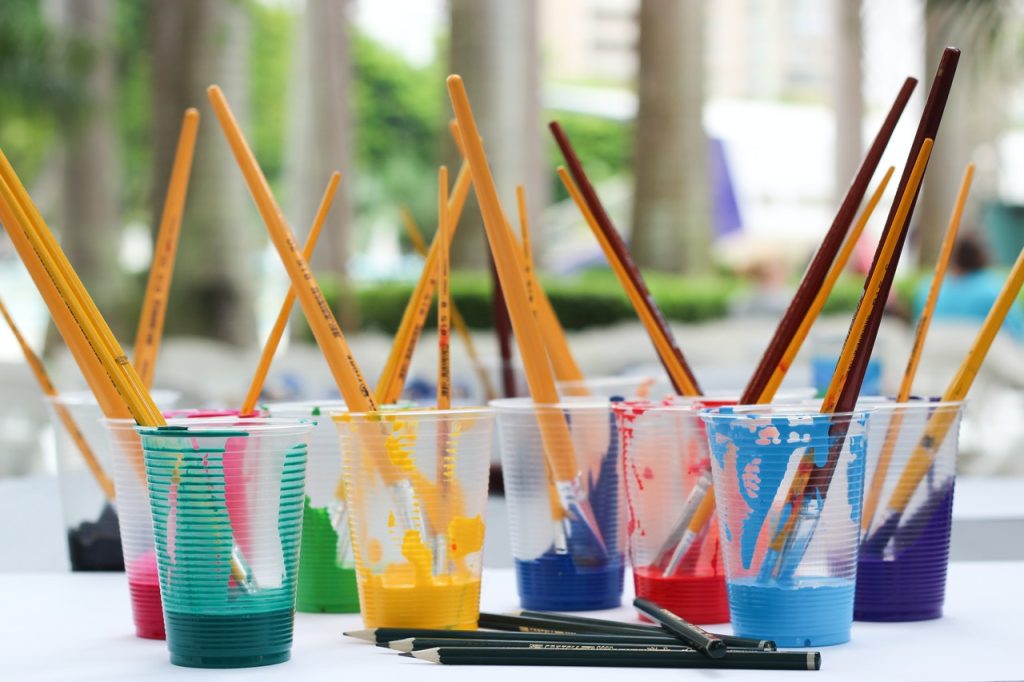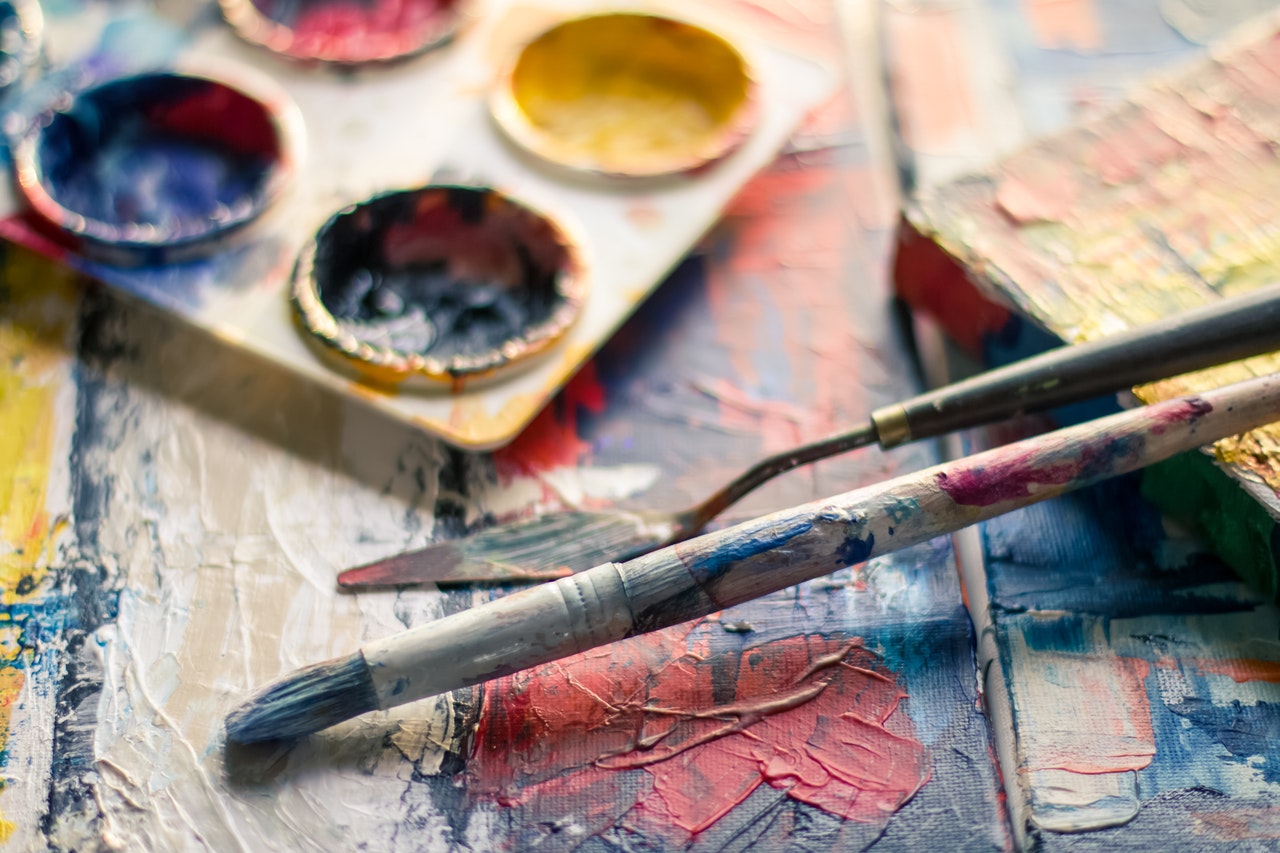Tips To Improve Your Visual Design Skills For Non-Designers

You know not many things about visual design but not set in stone to be all that you can be around here. Is this conceivable? Obviously it is. We as a whole realize that incredible feeling of visual craftsmanship is intrinsic, yet with a tad of training you can unquestionably gain proficiency with the specialty of visual correspondence and work on your stylish abilities, regardless of whether you are not an architect. In the same way as other things, great visual design can be made by abilities that anybody can create. In this article, I will share some hints to further develop your visual design abilities when you are a non-designer and ensure that inevitably you will actually want to make delightful visual design for your learning courses.
Look for motivation all over the place.
This is something that in a real sense everything designers do constantly, even the notable and exceptionally experienced ones. There are not many individuals in this world who don’t have to search for motivation around them to improve with time. The stunning thing about motivation in visual design is that it can strike you at the most startling hours; when you study visual design books, yet in addition while you’re watching a film, you’re flipping a magazine, or you’re stranded in rush hour gridlock and taking a gander at road promotions. Inventiveness is a perspective, and being liberal, posing inquiries, thinking out about the case, being perceptive, and continually expecting there are better approaches to do things will improve your capacity to help your creative mind and be imaginative to update your work.
Follow the “less is more” approach.
The thing about non-fashioners is that, because of their absence of visual computerization abilities and information, they normally get restless and attempt to apply all that they know to each and every endeavor to design anything. Remember to follow the “less is more” mantra. Powerful design is obvious and adjusted, to assist watchers with zeroing in on significant data. Obviously, you will commit errors; don’t allow inability to debilitate you. In time you will understand that learning the craft of visual correspondence takes a great deal of time and practice, however doing whatever it takes not to consolidate many differentiating components and heap various textures on top of one another is a great beginning.
Skill surface works.
Discussing textures, surfaces in visual design is characterized by the surface attributes of a material which can be capable through the dream of touch. It very well may be utilized to complement a region that you need to zero in on and make it more predominant than another; or, despite what might be expected, to stay away from consideration for a component. Surface can be an exceptionally amazing asset. Adding a lot of surface makes profoundly bustling spaces and tires the eye. Consider examining designs that you like and perceive how to utilize certain textures to make profundity.
Use typography.
It might sound peculiar, yet typography is an extraordinary piece of visual design. Realizing your textual styles is vital; picking the right textual styles for your next learning undertaking can improve things greatly, as textual styles express stronger than words. Text styles and typefaces convey a great deal of significance and they can totally change not just your designed message contingent upon how you use them, yet in addition the visual effect of your learning course. In the event that you don’t feel sure, adhere to the essentials: Experiment with various kinds, yet don’t change textual styles without a valid justification. Likewise, don’t stop for a second to request help from the experts to reinforce your visual presence.
Focus on shading.
Learning a tad of color psychology would not be a poorly conceived notion, as shading assumes a crucial part in making enthusiastic associations between your crowd and your learning content. There is just a single method to figure out how to utilize shading successfully: Have your eyes open and practice. Test with various shading ranges, the Adobe Kuler’s shading wheel is an extraordinary instrument for seeing what works and what doesn’t. Likewise check how tone and difference in visual design works to assist you with features or become dim components.
Use whitespace carefully.
Whitespace is for all intents and purposes the vacant space between, pictures, designs, text, edges, and different components. It is likewise called “negative space” as opposed to “positive space” which is loaded up with data. Utilizing whitespace adequately further develops coherence, changes each page into something exquisite and complex, and conveys an in general agreeable experience to the watcher. In spite of the fact that it is designated “white” space, it doesn’t mean it ought to be white; yet actually white is by a long shot the most amicable shading you can use for making perfect, excellent visual design. Whitespace is an extraordinary method to cause to notice something without utilizing excessive shadings or pictures, yet an extremely occupied whitespace, suppose exceptionally enormous spaces left unfilled, can be tiring for the eye. An incredible stunt to decide if you use whitespace adequately is to snap a photo of your visual design (utilize the Prt Sc key on your console) and flip it evenly. This will permit you to perceive how your design glances through a mirror, which will make it strikingly simple to assess your whitespace balance contrasted with other screen components.
Go for equilibrium and concordance.
Indeed, even the ugliest visual design can improve essentially by arranging all pieces to accomplish amicability. Agreement in visual design implies that all visual units identify with and complete one another. How might you accomplish this? Essentially by utilizing similar sorts of pictures, and not joining, for instance, photographs and clasp workmanship, text styles, and format in the entirety of your pages. Think about zeroing in on making a cadence, as musicality impacts the visual stream and helps eye development. Additionally, discover innovative approaches to orchestrate rehashing designs, to accomplish visual solidarity with the goal that your visuals meet up and be in understanding.
Figure out how to utilize size, scale, and proportion.
Of all shapes and sizes, light and dull, solid and feeble: Contrast is a basic standard of visual design, yet an excess of difference among sizes and shadings can add to wrong visual quality. Consider upgrading your comprehension of size (the actual element of an item), scale (the general size of various articles), and proportion (the concordance of scale) by utilizing past pen and paper technique. This will assist you with understanding the connection between various design components and use it to cause to notice the regions you need.
See how and when to utilize icons.
Figuring out how to pick or make icons can have a genuine effect in your visual designs. The right icons will catch your crowd’s eye and persuade them to start perusing. Then again, icons should just help your learning content, so you should never allow them to get everyone’s attention. Use them carefully to separate long texts, add data, and support your students’ consideration. Recollect that visual designs are about correspondence, so ensure that the icons you are utilizing pass on and impart messages successfully.
Be careful.
Being careful is a pivotal part of being an expert, regardless of in what region, and visual designs are no exemption for the standard. All things considered, meticulousness passes on an adoration for the finished result. Incredible visual designers focus on everything and deal with each and every detail, regardless of how little it is. What’s the significance here practically speaking? It implies that the more consideration you pay in putting components, coordinating things, utilizing shading and contrast, etc, the more drenched will be your crowd into the world you are making for them. All in all, concentrate cautiously on visual designs works you like, and practice however much you can.
Since you realize how to further develop your visual designs abilities with these basic deceives, you might be keen on learning some visual designs stunts.


